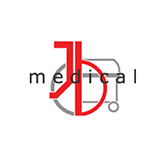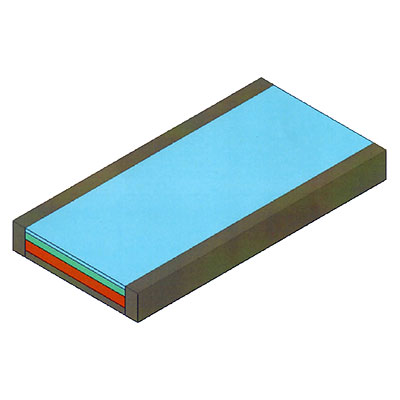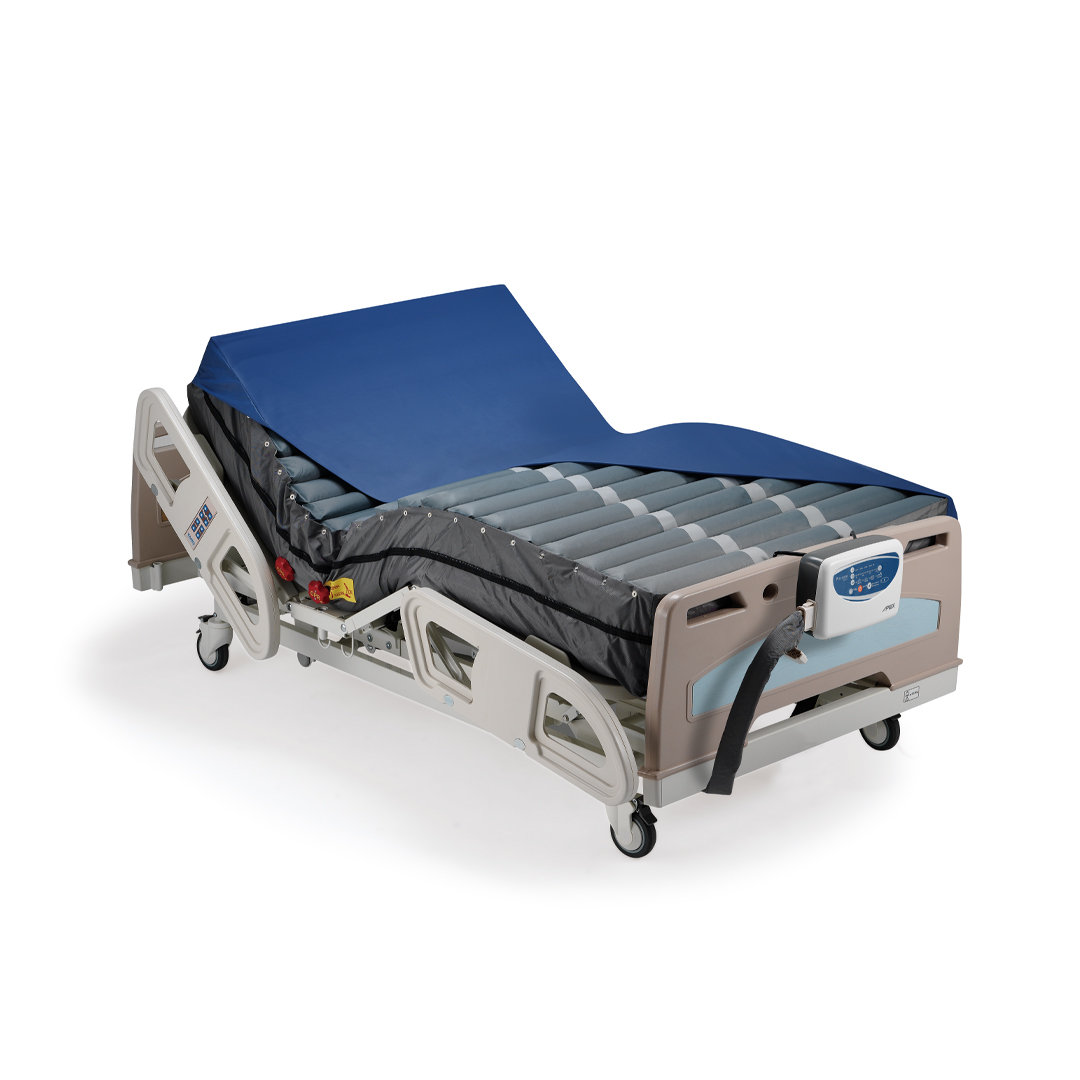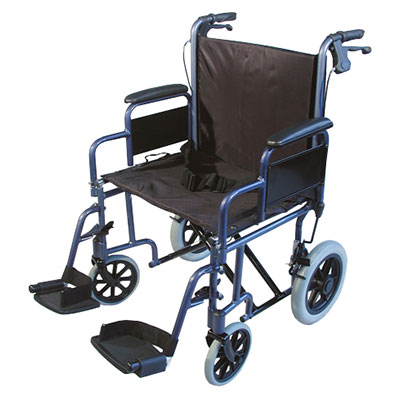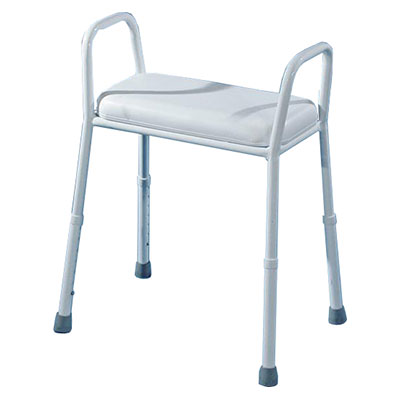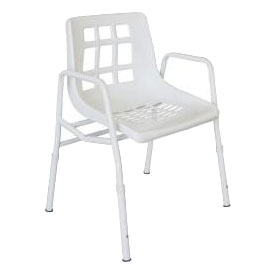A bariatric patient is more susceptible to deterioration of bone and muscle mass. This leads to a higher risk of fractures, physical disability, insulin resistance and overall poorer health.
JB Medical understands the significance of bariatric care equipment. We know its crucial role in minimising harm, mitigating physical and legal liabilities, and ensuring the well-being of patients. Reach out to us for the rental of bariatric equipment.
Bariatric Equipment Hire
Maintain patient dignity at all times.
WHAT WE OFFER
Our bariatric solutions
EDUCATION
Taking the forefront in the realm of education for preventing falls
At JB Medical, our primary focus is ensuring that our clients receive optimal utilisation of our equipment. By delivering comprehensive guidance on the correct usage of our products, we aim to enhance patient outcomes and prolong the lifespan of the equipment.
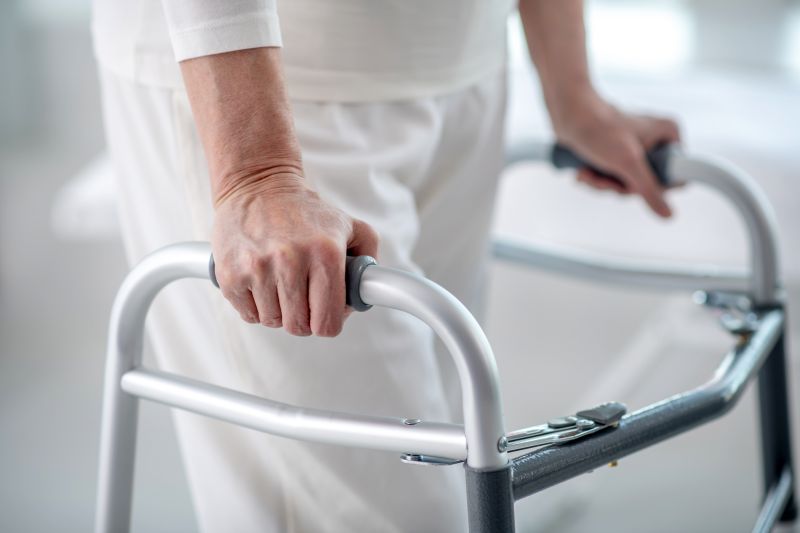
OBESITY
Risk Factors of Obesity.
The prevalence of obesity has reached pandemic levels in several global societies, frequently seen in developed and developing nations. Imbalanced diets and sedentary lifestyles mainly drive the increasing prevalence of obesity. Moreover, other factors that could contribute to obesity include genetics, environment and society. In fact, the latest figures state about Australian adults. Every 2 in 3 (67%) are either overweight or obese in 2017-18 (AIHW, 2021)
Obesity, or excess weight is a risk factor for several diseases among adults such as cardiovascular disease, type 2 diabetes, dementia, eye diseases (e.g. age-related cataracts, glaucoma, maculopathy, retinopathy), and even some cancers.

Moreover, the odds for pressure injuries were ~19% higher for residents with moderate or severe obesity compared with non-obese U.S. aged-care residents (Cai et al., 2013).
Additionally, hospitals and aged-care facilities are investing in more expensive infrastructure and bariatric equipment to care for severely obese patients/residents. There is a large range of equipment designed to support these residents. Examples of these are reinforced beds, bariatric pressure mattresses, chairs, wheelchairs, specialised toilet and shower chairs, hoists, lifters, slings, etc. These specialised equipment are important for the safety and well-being of the residents. They are also essential to the healthcare staff who are at higher risk of occupational injuries.
Sources
Australian Institute of Health and Welfare (AIHW) (2021) Overweight & Obesity. https://www.aihw.gov.au/reports-data/behaviours-risk-factors/overweight-obesity/overview (accessed Sept 2021).
Cai, S., Rahman, M.,
https://www.ncbi.nlm.nih.gov/pmc/articles/PMC3654390/
https://www.pwc.com.au/pdf/weighing-the-cost-of-obesity-final.pdf
Section 3.5, pg 26
Frequently asked questions
According to the patient’s weight and shape, a variety of equipment will be needed to support their care.
Bariatric patients suffer from skin disorders, respiratory issues, heart disease, depression, malignancies, and obstructive sleep apnea.
Additionally, skin folds cause rashes, ulcers, fluid retention, and impaired circulation. Older patients face higher infection and rip risks. Hence, special medical equipment and procedures are in place for safe care. Read more.
Every patient has different needs. So, from the standpoint of mobility, you can look at equipment and support requirements.
Yes, JB Medical can offer product training on all its products. Hence, you can book online for training by visiting https://jbmedical.com.au/bookings/
With over 30 years of combined industry experience JB Medical has proven customer satisfaction by providing innovative product solutions and advice.
Bariatrics is the treatment and care for people with obesity.
Thus, this may involve promoting weight loss, increasing health and providing product solutions to assist with their care and treatment.
You can hire care equipment or any other products we have by getting in touch with us. So, visit our website for contact information https://jbmedical.com.au/contact/
Equipment such as extra-wide wheelchairs, mobility aids, extra-wide mattresses, and shower stools are just a few to mention. Hence, these solutions assist in the patient’s treatment and mobility. All in all, speak to us for more information on our products.
These are equipment and supplies for larger or obese patients. Hence, JB Medical supplies Bariatric wheelchairs. They are stronger, sturdier, and larger to suit the needs of an obese person.

